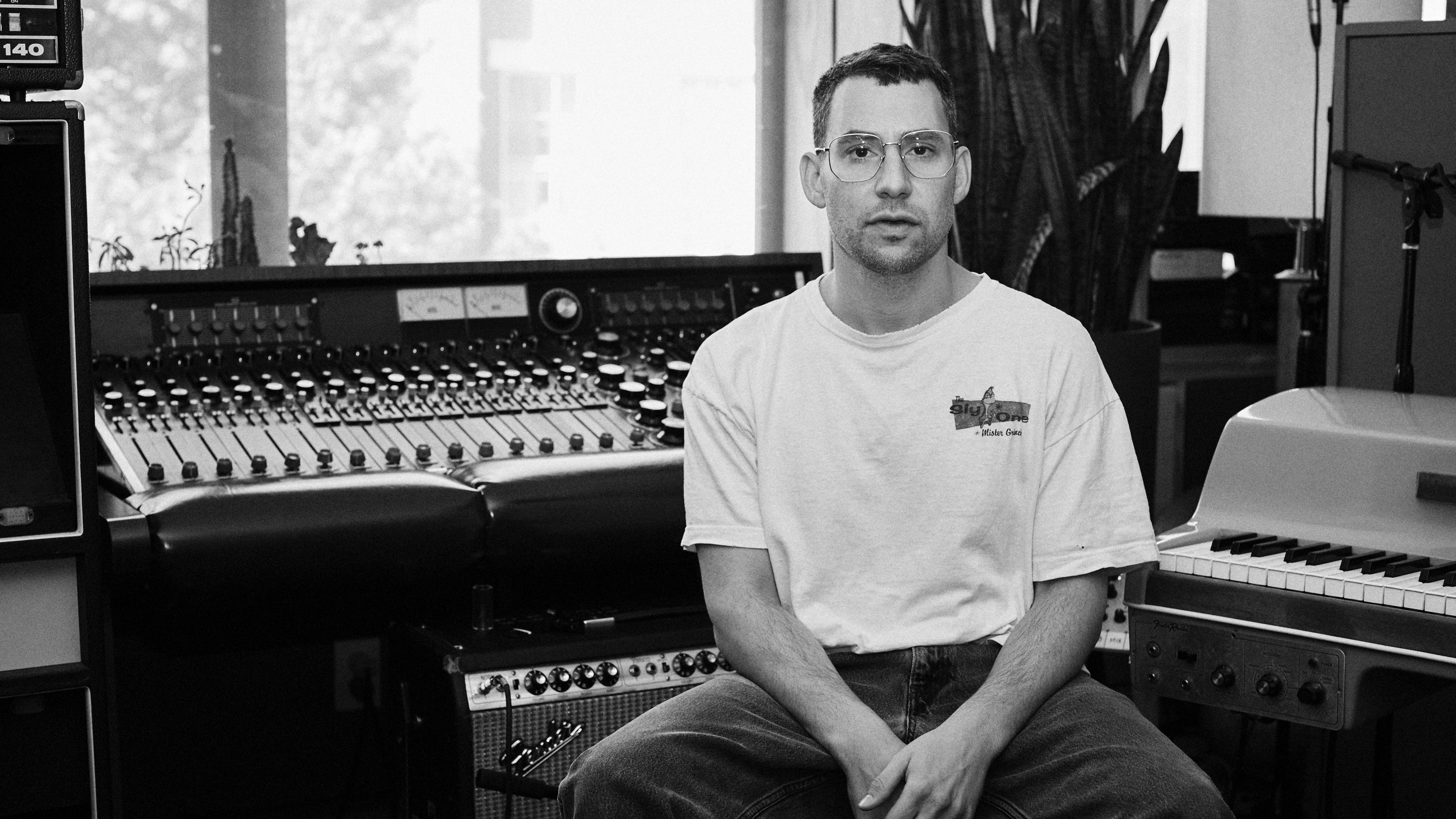How to sound like Jack Antonoff: "He puts Minimoog through a fuzz pedal for an absolutely massive sound"
These tricks won't land you an instant invite to the Swift, Lorde or Del Rey HQs but he certainly knows his stuff
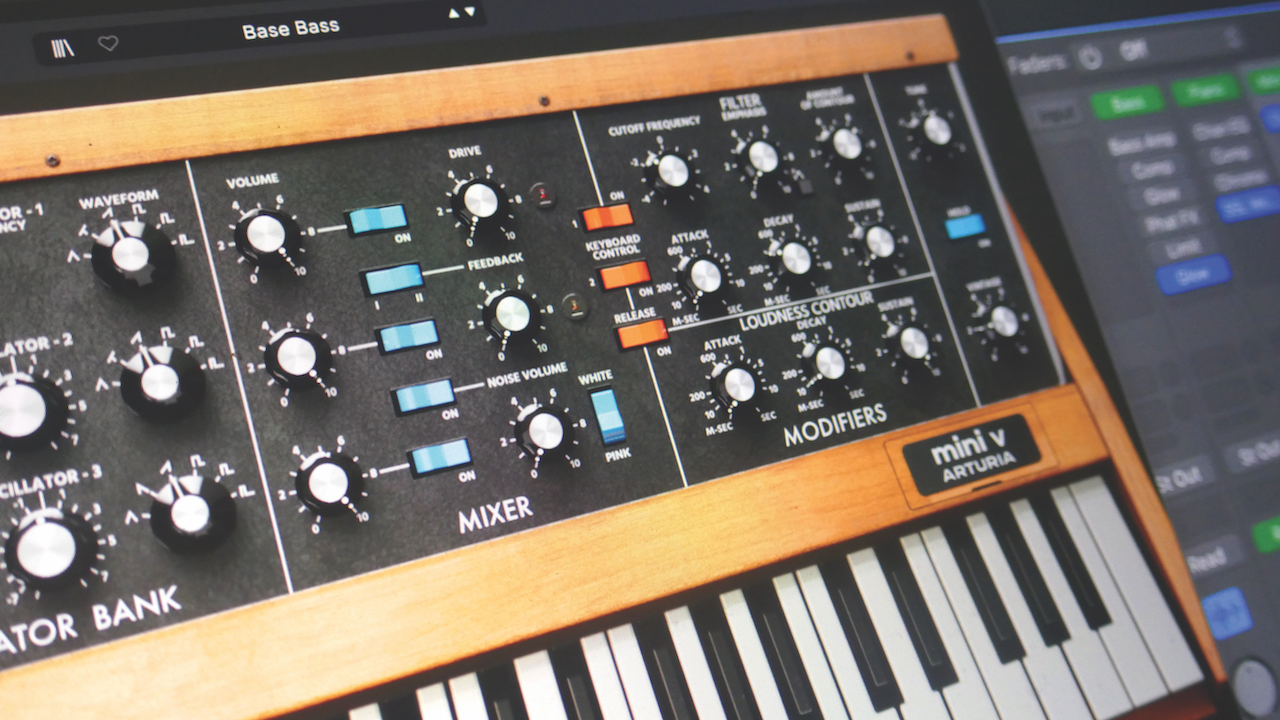
If you were the lead singer and founder member of the platinum-selling band Bleachers, you’d probably be content with your lot, but not so Jack Antonoff.
The multi‑instrumentalist, singer, songwriter and studio guru doesn’t exactly rest on any laurels, and as well as finding success in Bleachers, has been running something of a side hustle as a record producer. Quite a successful one at that…
Antonoff started working with Taylor Swift in 2013, contributing to the production and songwriting for the singer’s fifth album, 1989. He became a key part of her inner circle during her meteoric rise to world megastar status, and more recently worked on Swift’s re-recordings of her earlier albums. He has also collaborated with Lorde, Lana Del Rey, Pink, and St Vincent.
Understandably, Antonoff is pretty guarded when it comes to his production techniques – to the point where he has been rumoured to have destroyed hard drives on which his Pro Tools projects have resided. But we’ve searched high and low for some of the key production methods that he has employed when working with many members of pop’s royalty, and present them to you here.
Antonoff is a Pro Tools, Soundtoys and Waves user, but we’ll employ other options where we can, and use Logic as our DAW of choice (but you can obviously use his techniques in any DAW you choose).
1. Automate anything you like
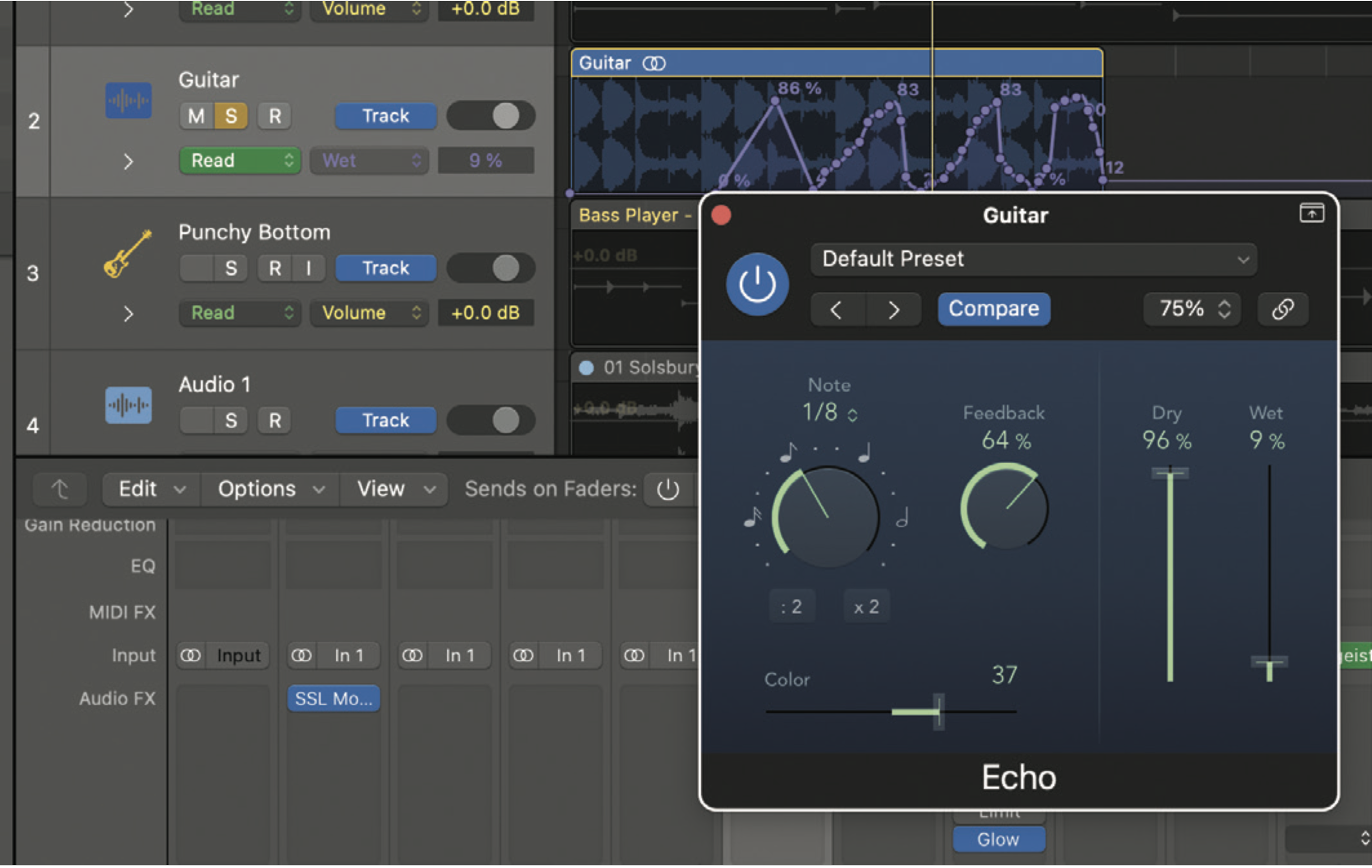
One of Antonoff’s recent revelations on the Tape Notes podcast was that he will often process delays using automation, to stop the effect suddenly and then bring it back in, almost like a manually drawn pumping effect. Clever stuff. You can try this with either the entire track volume or just (as we have) the wet level of the effect.
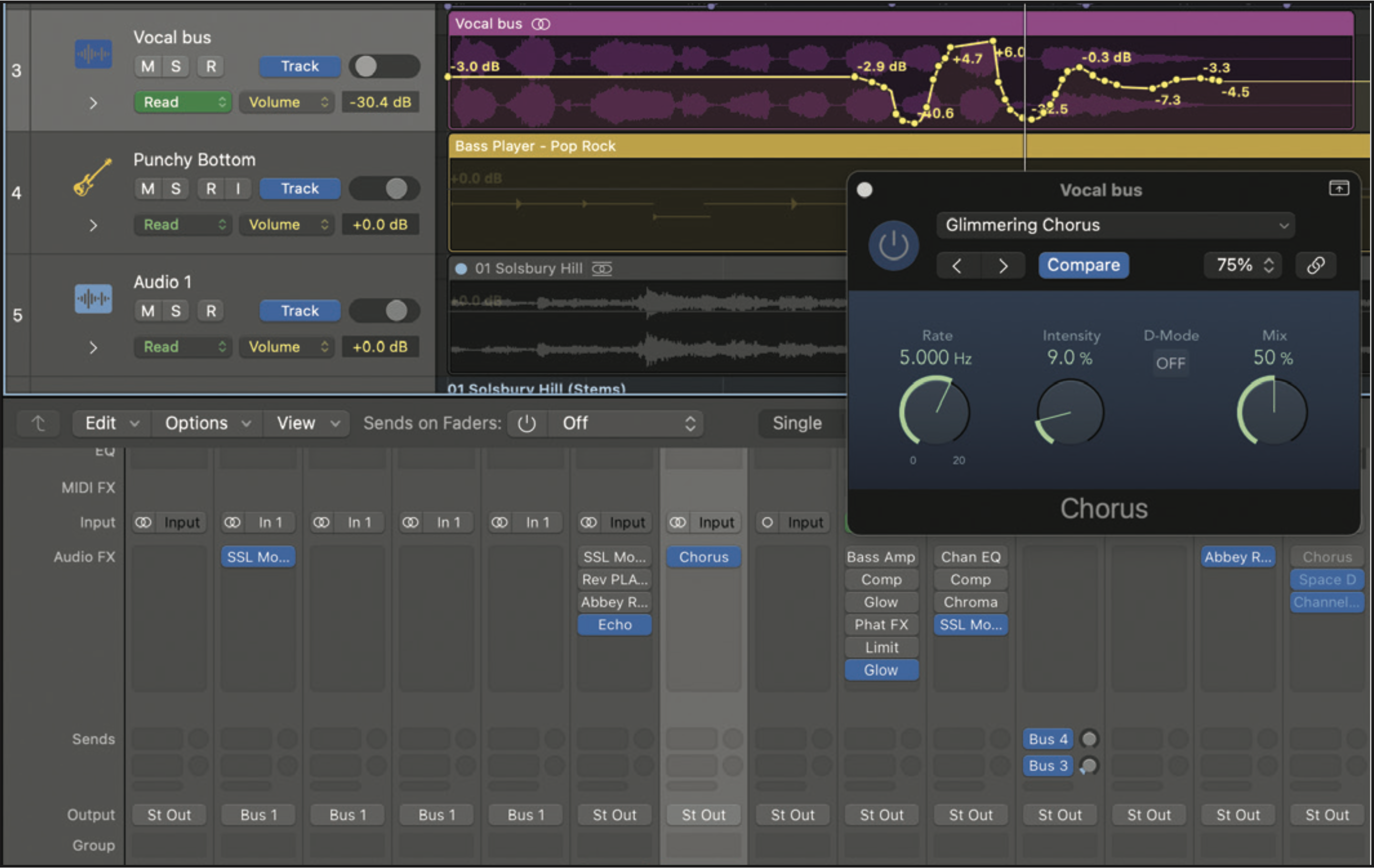
Antonoff will often process an entire instrument bus or the vocal, with chorus or echo in a similar way just to experiment – in fact, experimenting with these more unusual methods is one of his key post production tricks.
Get the MusicRadar Newsletter
Want all the hottest music and gear news, reviews, deals, features and more, direct to your inbox? Sign up here.
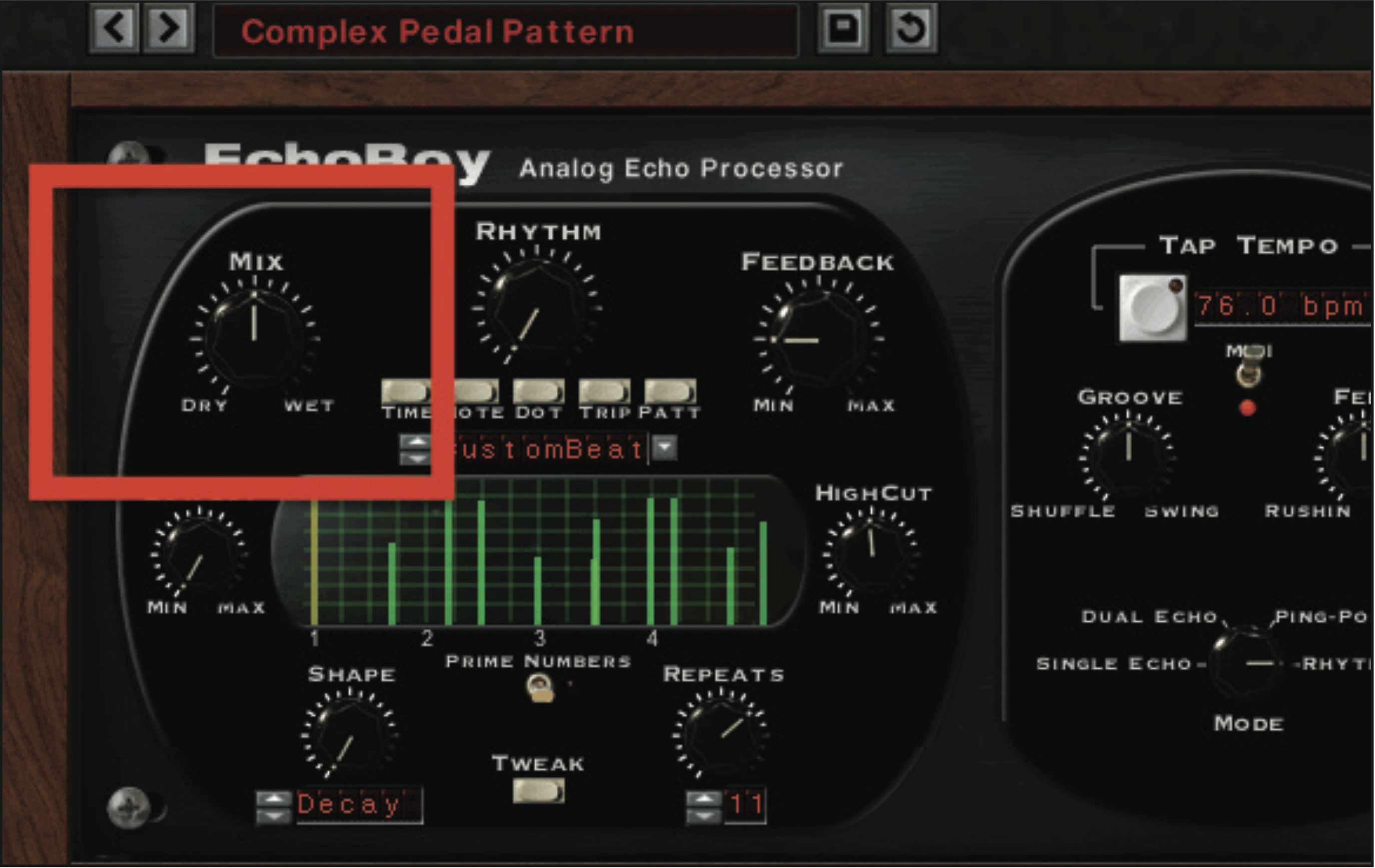
As well as using automation to switch volume on and off on a part (with delay or chorus), Antonoff will also automate the gradual increase of the Mix control of a delay plugin – he likes Soundtoys EchoBoy – so that the effect builds, almost like a riser, then pulls back.
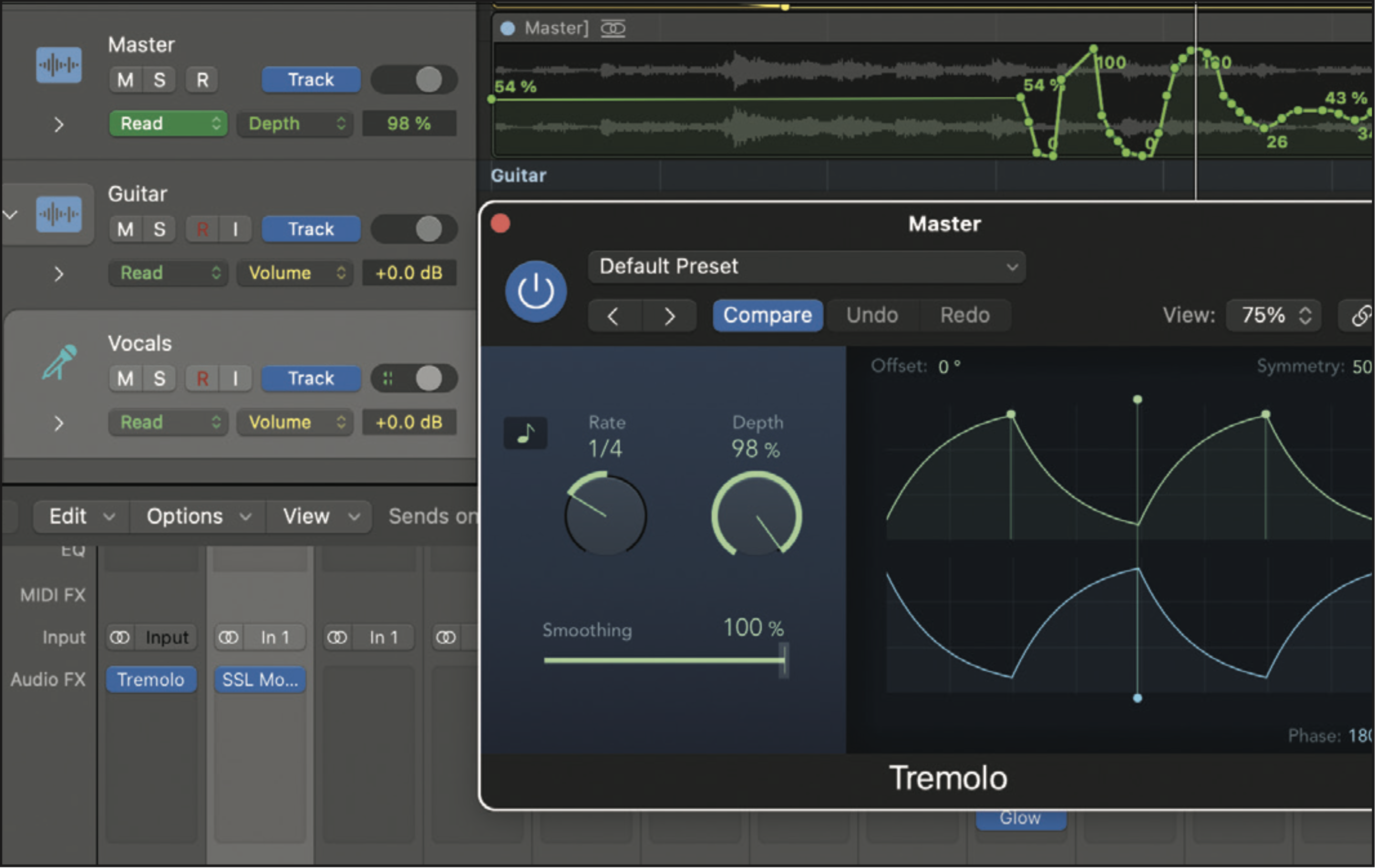
Jack also uses this dramatic automation trick with a tremolo on the master bus for an arpeggiated effect. He himself uses another Soundtoys plugin, the Tremolator, automating the Depth control, but most DAWs have a similar effect (we’ve used Logic’s Tremolo).
2. Walls of guitars
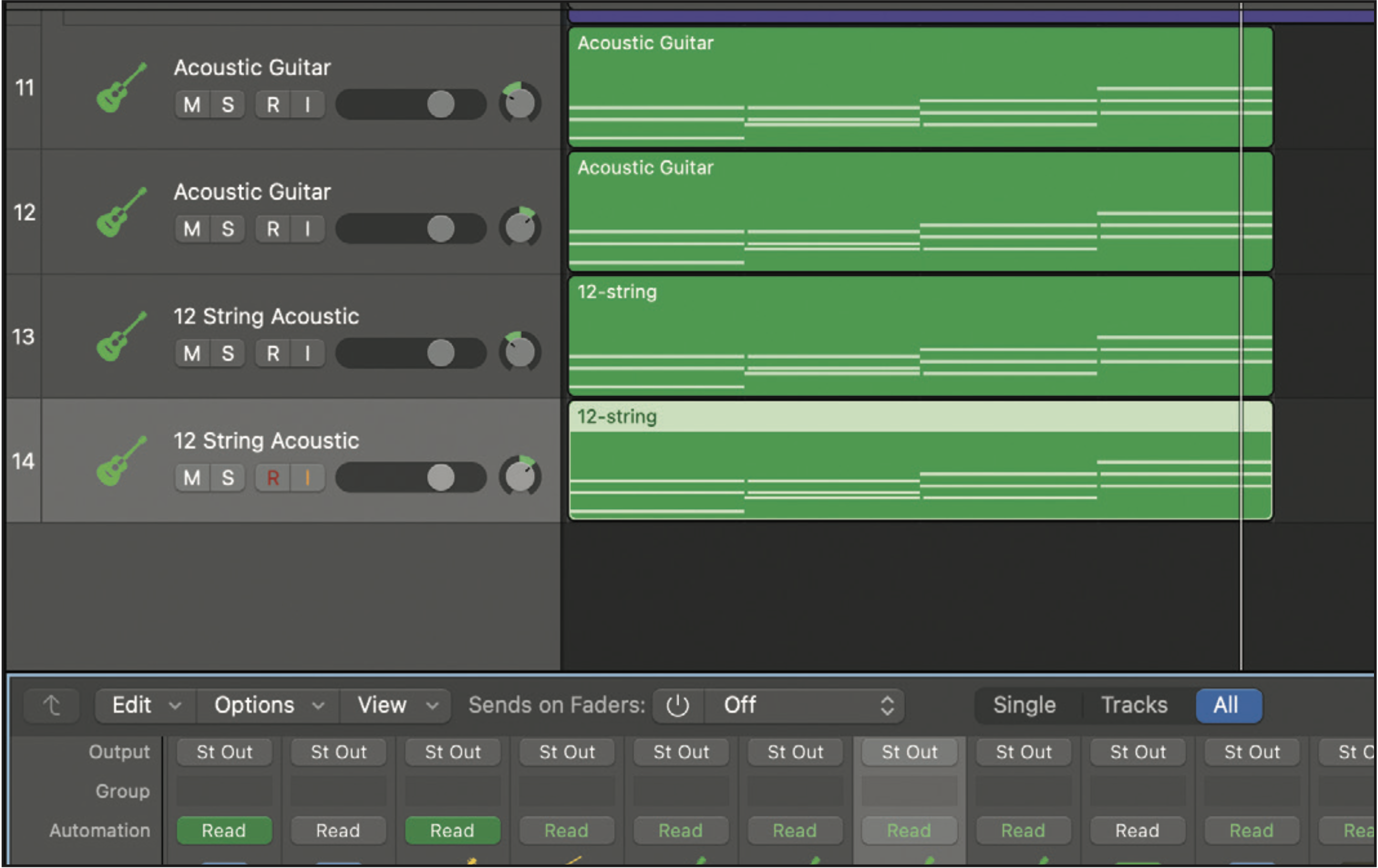
Antonoff told Mix With The Masters that he uses walls of guitars like UK producer Jeff Lynne (ELO). He'd typically build these using 6-string and 12-string layers, as on the track The Greatest by Lana Del Rey. We’ve panned both parts, left and right.
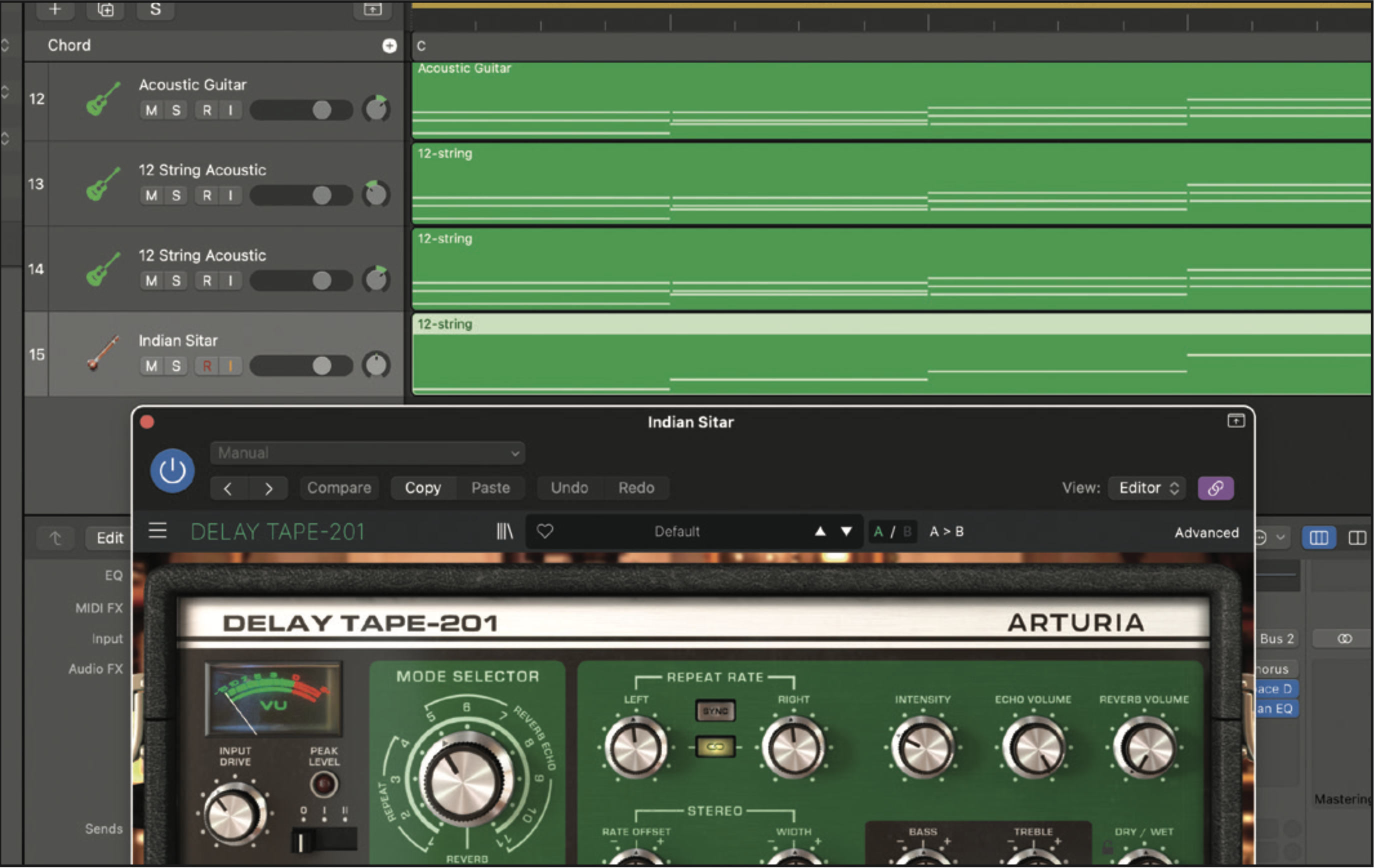
It has quite a British feel and to give it even more of a Beatles vibe, what better than using an Indian sitar? One of Antonoff’s favourite effects is the Roland Space Echo, so we’ve loaded Arturia’s excellent Delay Tape-201 emulation on our Logic sitars.
3. Strings and things
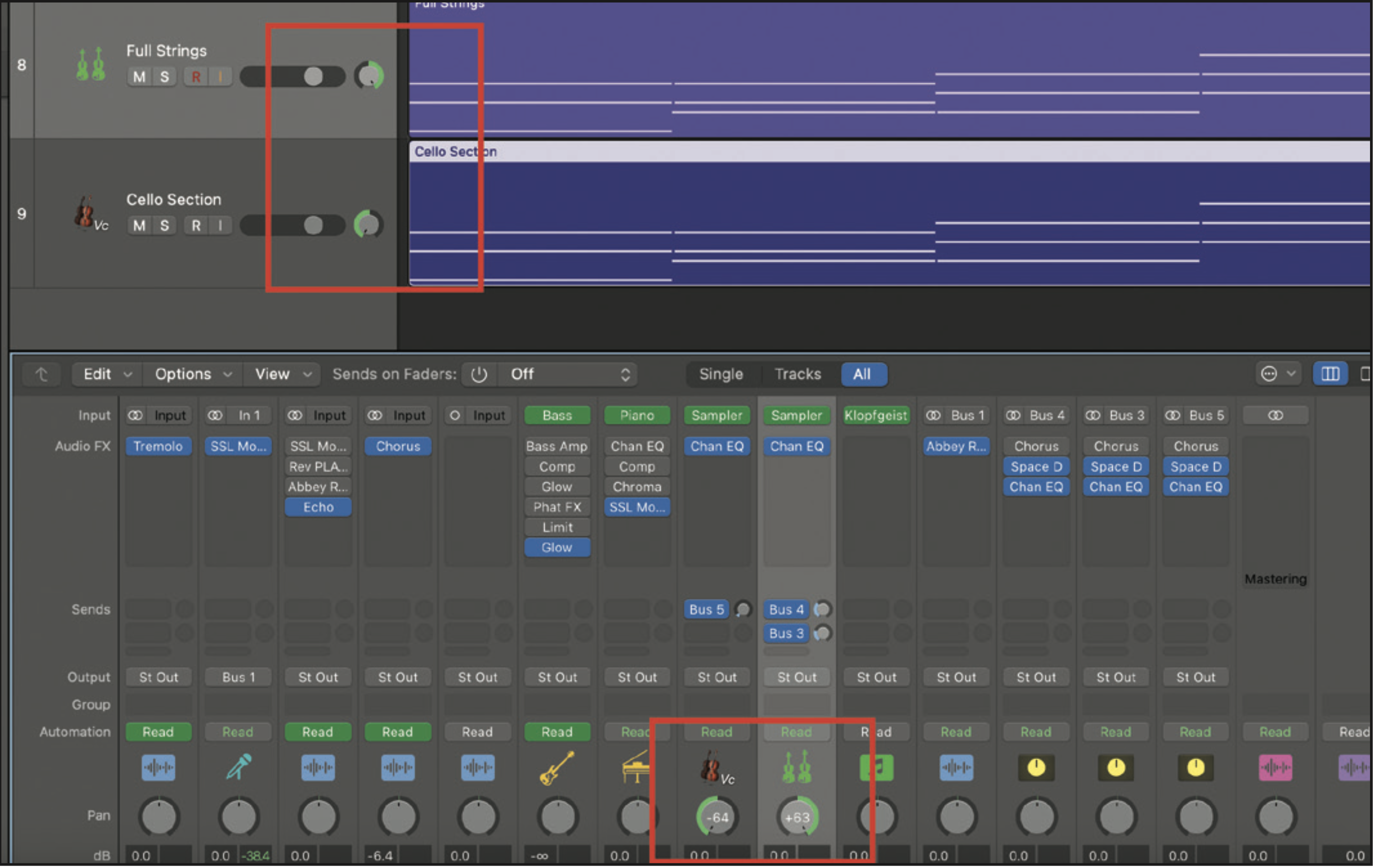
Jack Antonoff loves a good string sound, either a vintage type from a Mellotron, real strings or even synth strings. For most strings, he also likes hard panning each part as far left and right as that dial takes you, and completely dry. Here are two similar string parts panned hard each way, with no effects whatsoever.
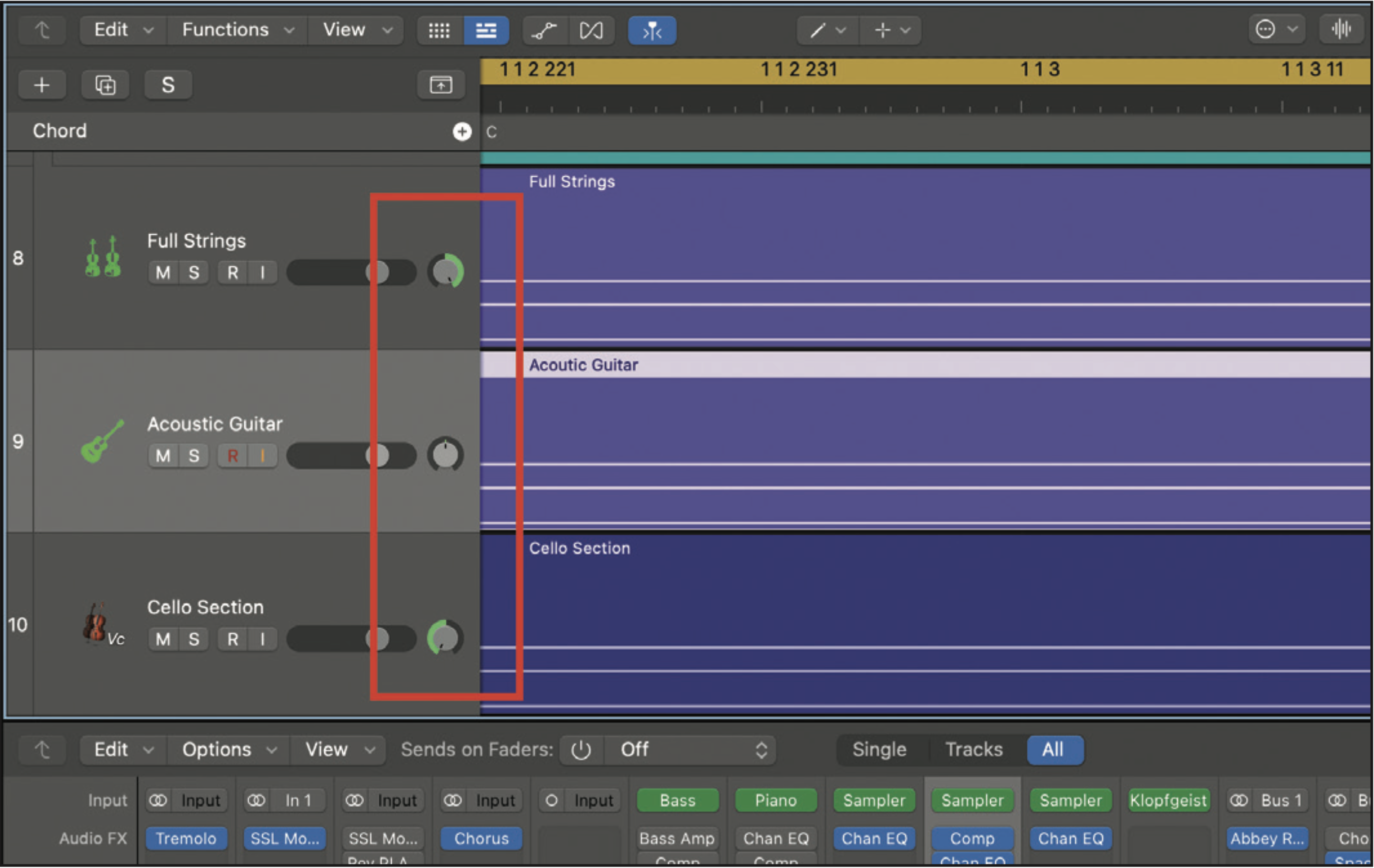
Antonoff likes to use this setup as a nice way to bed in an acoustic guitar centrally, using flourishes of each string part panned hard around the acoustic guitar.
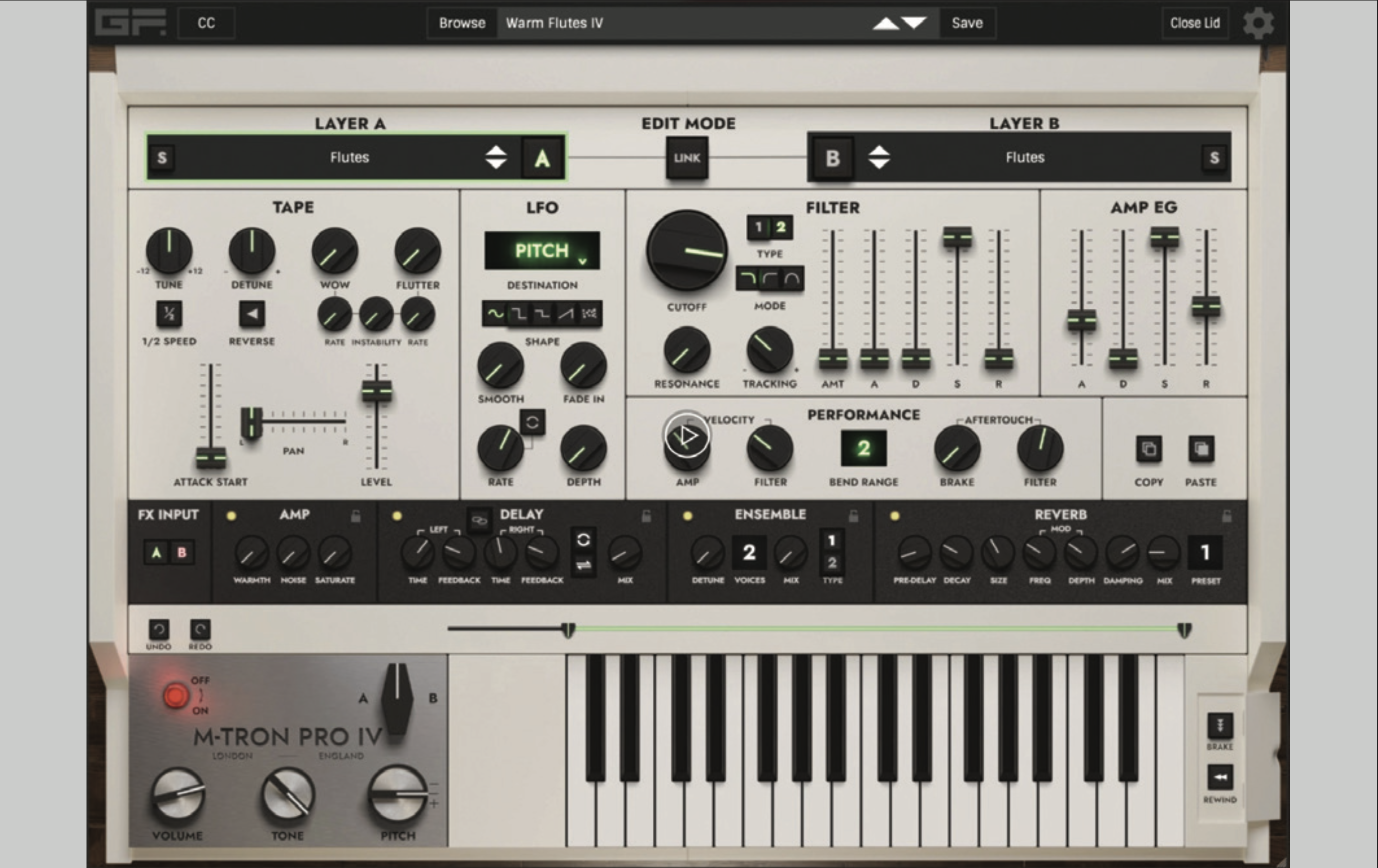
He told Sound on Sound that he likes to use different string sounds in this hard-panned way, perhaps using a Mellotron like GForce’s excellent M-Tron Pro IV panned left, and a real string recording panned right.

He also uses a similar approach with bass parts, using a real Moog sound to fill out the low end, but also layering in a real bass guitar. We don’t have a real Moog, sadly, but this one from Arturia nicely counters our bass guitar part.
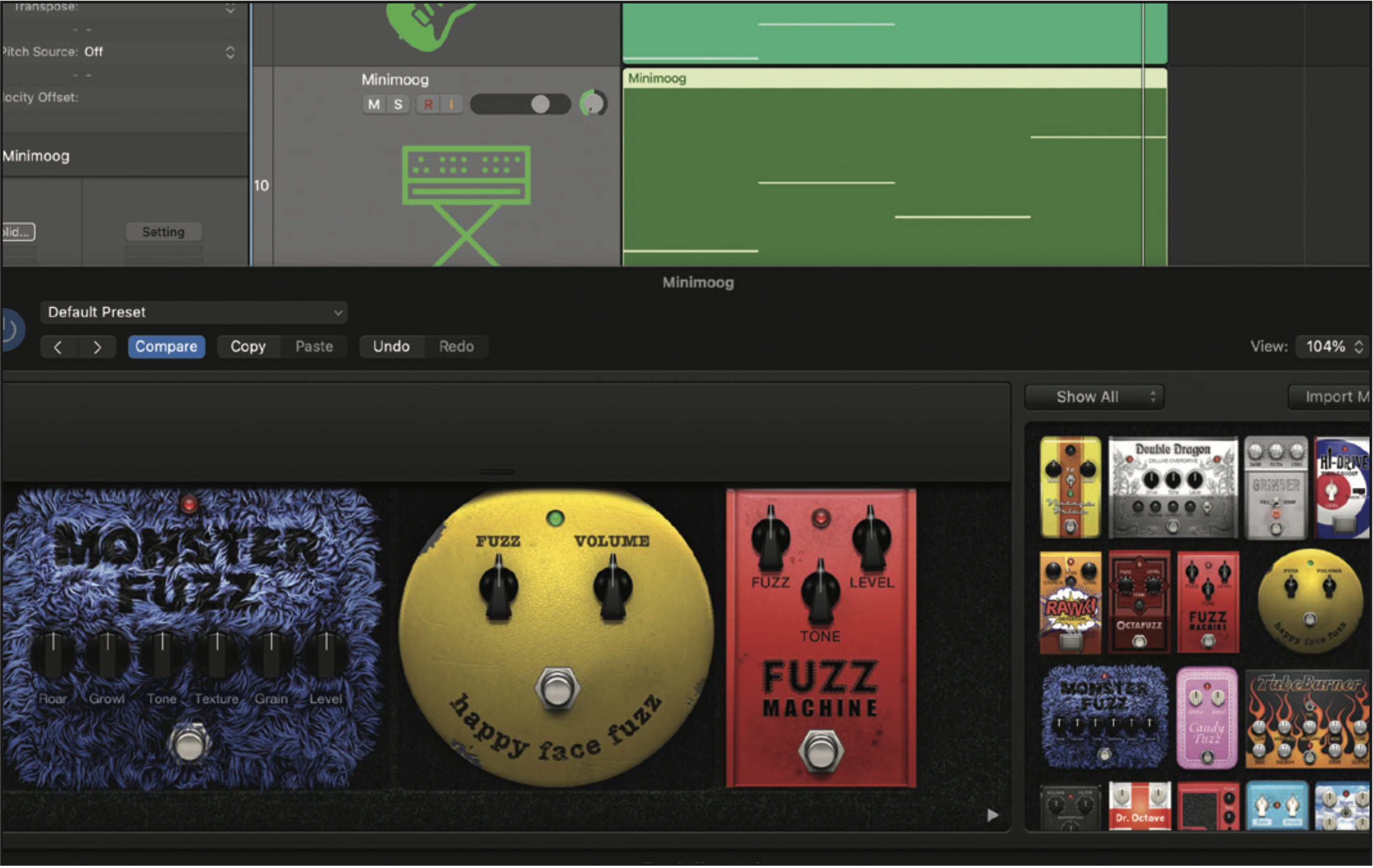
And now we have the Moog up, another process Antonoff has admitted to using is putting synths through guitar pedals – a big dance music technique from the ’90s. He specifies a Minimoog through a fuzz pedal for a really big sound. And Logic can deliver it in software, although maybe don’t use as much fuzz as we have!
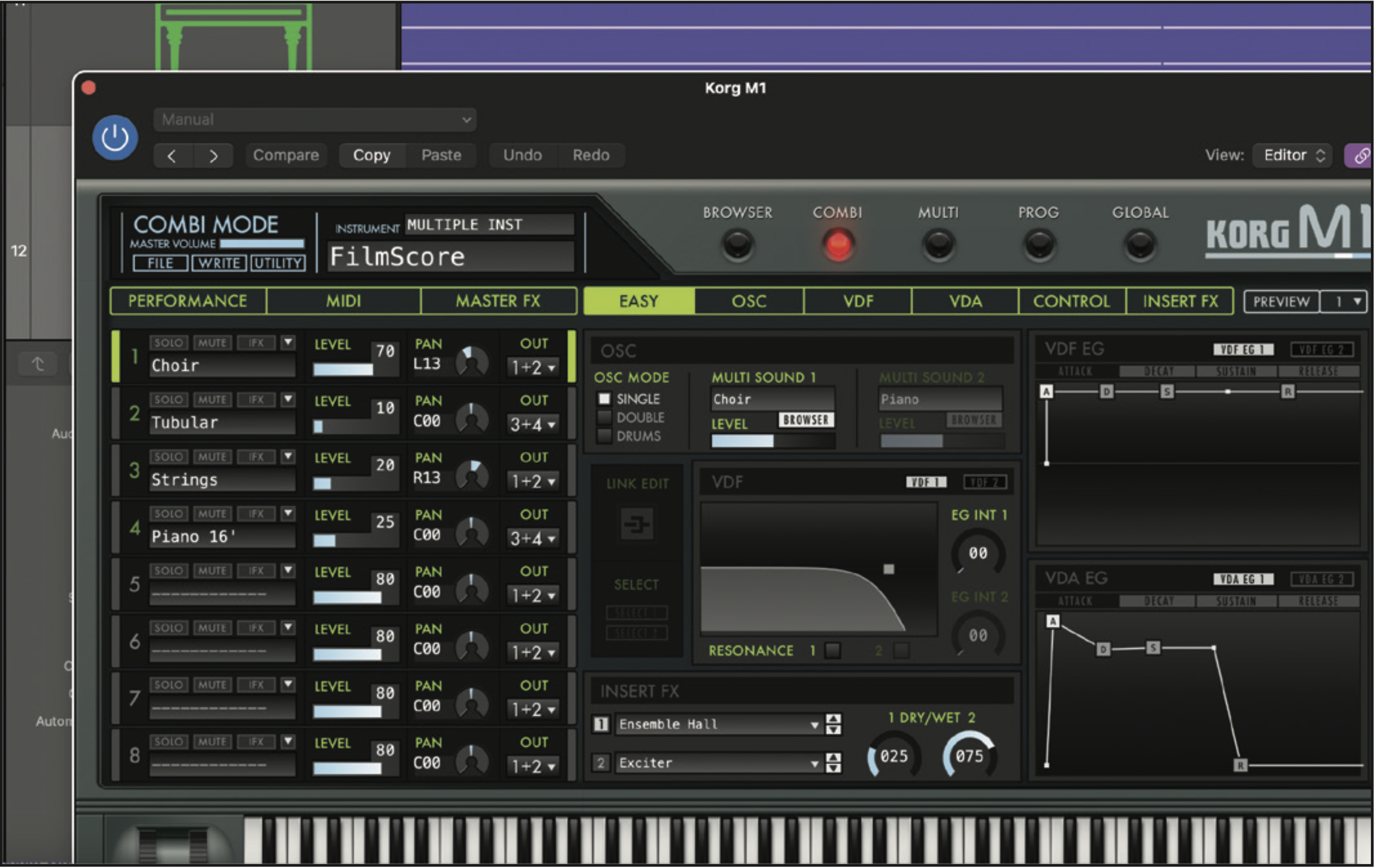
Finally, another mix of synth vs real instrument with an acoustic piano mixed with the piano from a Korg M1, which Antonoff used when producing Lorde’s excellent Green Light single. The best of the old mixed with the best of the new, and again we have showed this in software with Korg’s brilliant M1 emulation.
Pro tip: the vocal chain
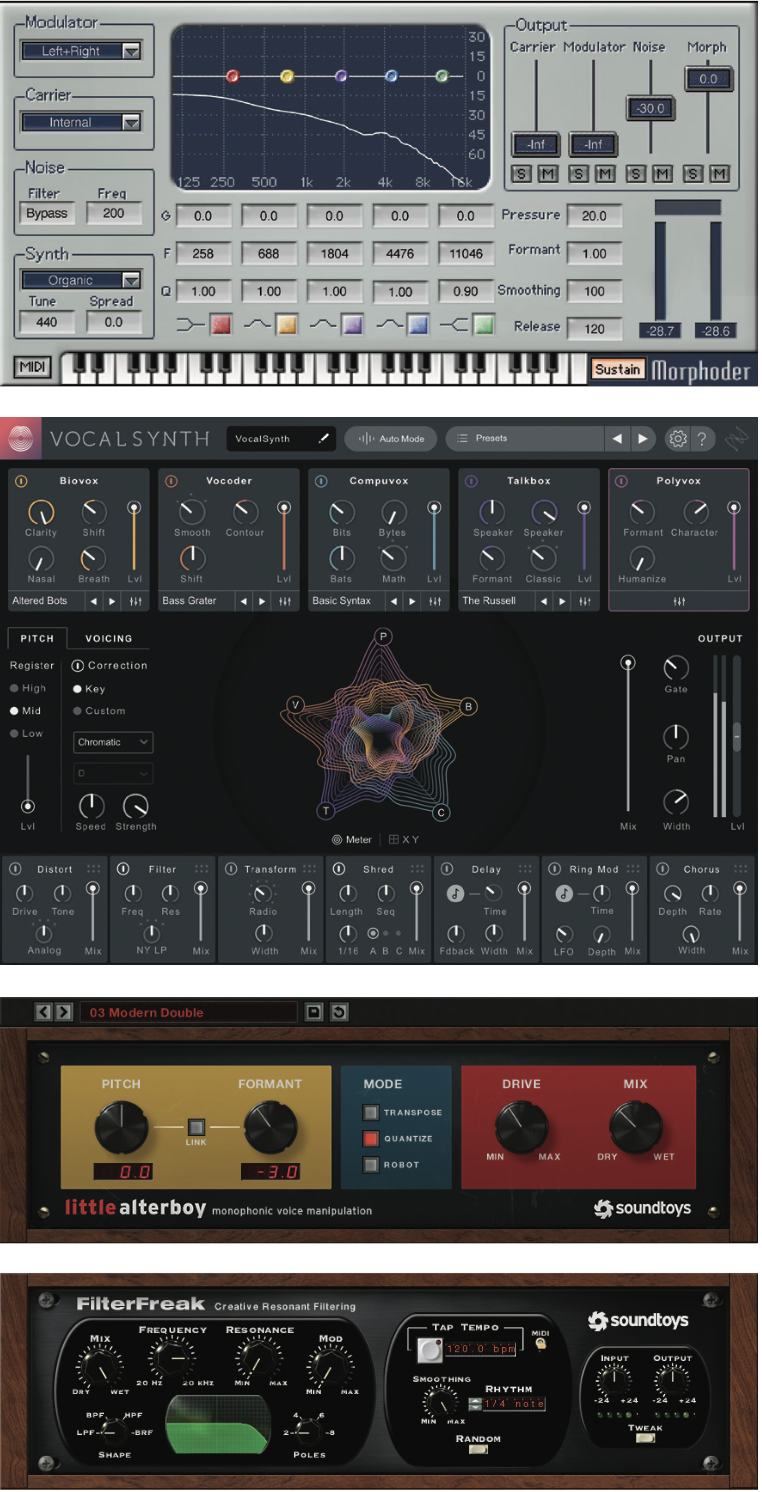
Jack Antonoff will go down in recording history as the producer who worked with the best vocalists of the 21st century, so what does he use on vocals? Not surprisingly this is probably his most closely-guarded secret, and you won't find out how to sound like Taylor Swift any time soon. (If you really do want Swift-sounding vocals, our advice would be to ask Taylor Swift to pop by for a recording session – good luck with that.) Still, Antonoff has revealed a few insider vocal secrets across several interviews.
He often uses a Wunder Audio CM7 microphone, a BAE preamp and Tube-Tech CL1B compressor as his main chain to record a lot of vocals. (Taylor Swift has also been known to record using Telefunken U-47, Neumann M 49 and U 67, and Shure SM7B mics.) For vocal processing, Antonoff has used the Waves Doubler and Air Chorus processors when mixing, but not too much reverb as that delivers a more ‘impersonal sound’. Other more extreme vocal processors that Antonoff uses include Waves Morphoder, iZotope Vocal Synth and both Soundtoys Little Alterboy and FilterFreak.
Recommended watching
1. Lorde - Green Light
A massive track from Lorde, arguably her best ever single. Antonoff co-wrote and produced it, with the insistent piano building to the chorus being a mix of a Korg M1 and an acoustic upright.
2. Lana del Rey - The Greatest
Another co-written and produced track, this time with Lana Del Rey. The Greatest demonstrates both the wall of guitars and string panning Antonoff techniques.
Andy has been writing about music production and technology for 30 years having started out on Music Technology magazine back in 1992. He has edited the magazines Future Music, Keyboard Review, MusicTech and Computer Music, which he helped launch back in 1998. He owns way too many synthesizers.
Arturia’s V Collection gets a Roland JP-8000 emulation and lo-fi synth/sampler, along with five more instruments and a host of updates
Capture the sound of The Last of Us season 2's haunting soundtrack with Spitfire Audio’s latest software instrument, Ronroco by Gustavo Santaolalla
